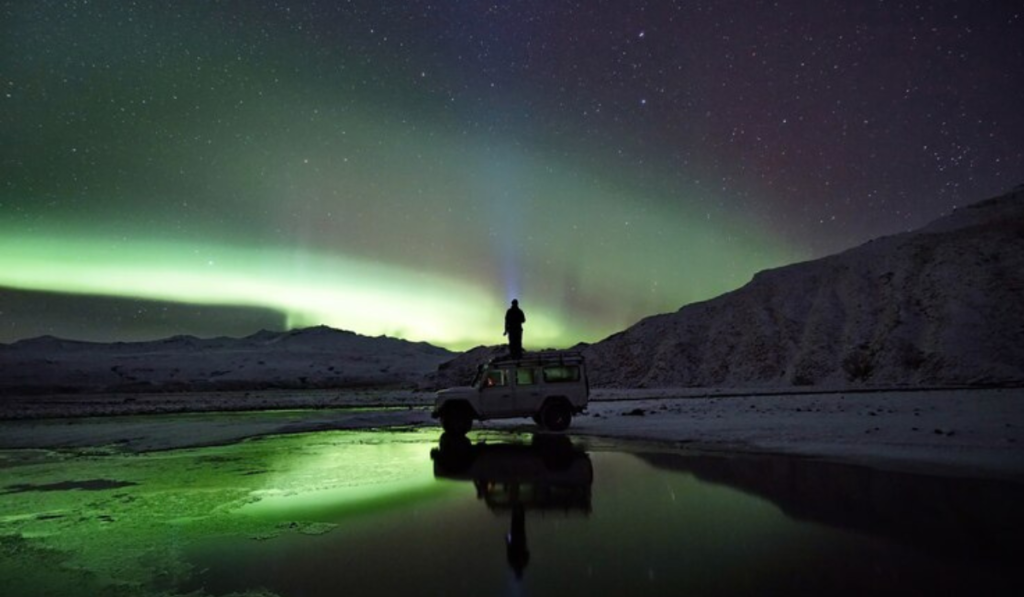How to Find and Photograph the Northern Lights

The Aurora Borealis or Northern Lights is an experience many photographers strive to capture. This comprehensive guide will help you capture this natural phenomenon. It includes everything from choosing the best location to understanding camera settings.
Location is key
It’s important to select the right spot if you want to capture the Northern Lights. The best spots to capture the Northern Lights are in or around the Arctic Circle. This includes countries such as Iceland, Northern Norway and Sweden. The magnetic poles of the Earth are close to these regions, which makes them ideal for viewing auroras.
Check the weather
It is essential to have a clear sky in order to see the Northern Lights. Weather forecasting tools like MetOffice and Accuweather can help you track the weather patterns so that you can plan your shoot. Avoid areas where there is heavy cloud cover and precipitation as this can block your view of auroras.
Avoid Light Pollution
Dark skies are the best for viewing the aurora. Dark Site Finder can help you find areas with the least amount of light pollution. This will allow for better viewing conditions. The best places to capture Northern Lights photos are remote locations, away from urban areas and cities.
Stay informed
To maximize your chances to see the Northern Lights, use apps such as My Aurora Forecast and websites such as the Space Weather Prediction Center. These tools offer real-time information on geomagnetic activity, solar activity and aurora forecasts to help you better plan your photography trips.
Essential Gear
Make sure you have all the equipment necessary to photograph the Northern Lights. A DSLR or mirrorless with high ISO capability, a wide aperture lens (f/2.8 and wider) for maximum light capture, a tripod that can stabilize the camera during long exposures, as well as appropriate clothing for cold weather to keep you warm when shooting outdoors are all essential.
Additional Accessories
Use external shutter releases and other accessories to improve your experience when shooting outdoors, particularly if you are spending a lot of time in the sun. These accessories will help you improve your camera’s stability and convenience when shooting in difficult conditions.
Manual Focus
In low light conditions, autofocus can be difficult to use. Master manual focusing techniques by using distant lights or bright stars. This will ensure that your images are sharp. Set your lens at infinity for sharp images of the Northern Lights, and the sky that surrounds them.
Camera Settings
The best camera settings are a wide-open aperture (e.g. f/2.8), ISO values between 1000-4000 and shutter speeds ranging anywhere from 1-15 second, depending on the auroral activity. Try different settings combinations to get the best clarity and exposure for your photos.
Composition Matters
Include foreground objects to give your photos context and interest. Use the rule of thirds to create balanced compositions. Include natural elements like trees, mountains or bodies of water in your composition to create captivating Northern Lights images.
Visualization
Imagine the final result before you start shooting. This will help you plan your compositions and anticipate how the aurora will behave. The end result is a more powerful image. Visualize the Northern Lights and the surrounding landscape, then adjust your position to get the best shots.
Follow these tips and techniques to increase your chances of capturing the Northern Lights. Auroral activity is unpredictable. Be patient and flexible. With perseverance and the correct preparation, you will be able to capture breathtaking images.


